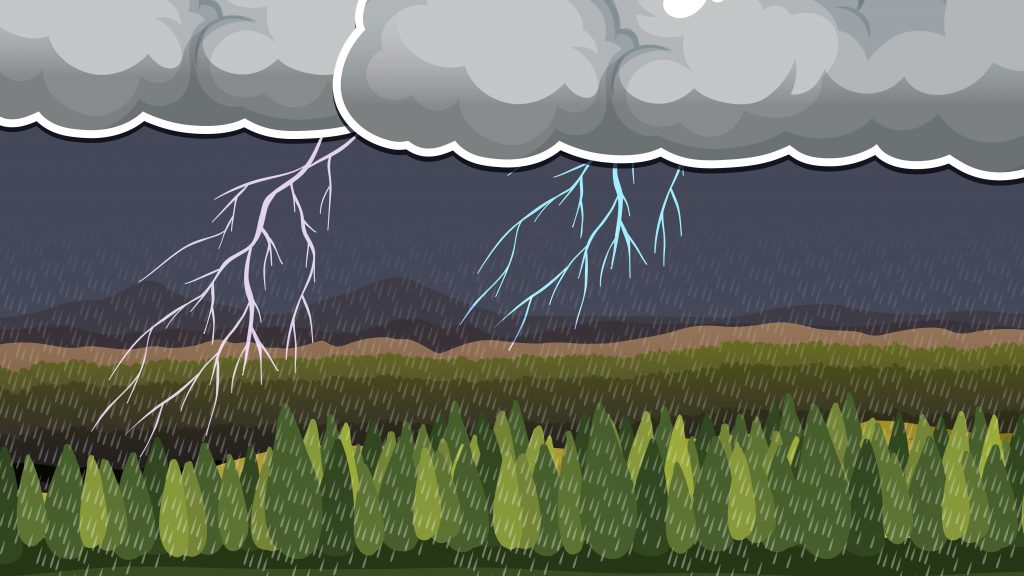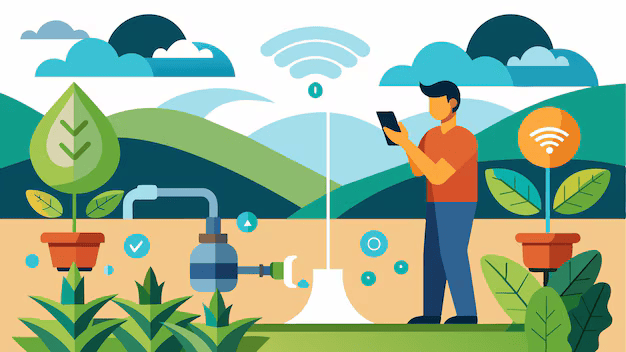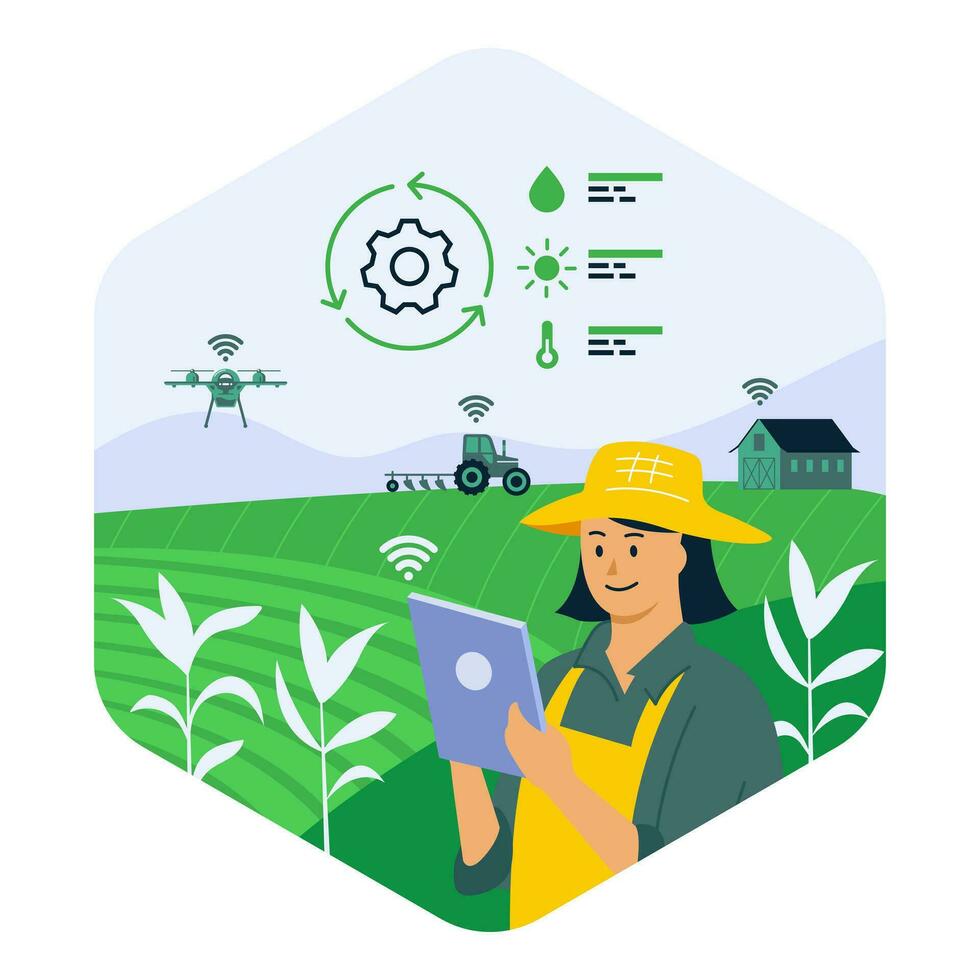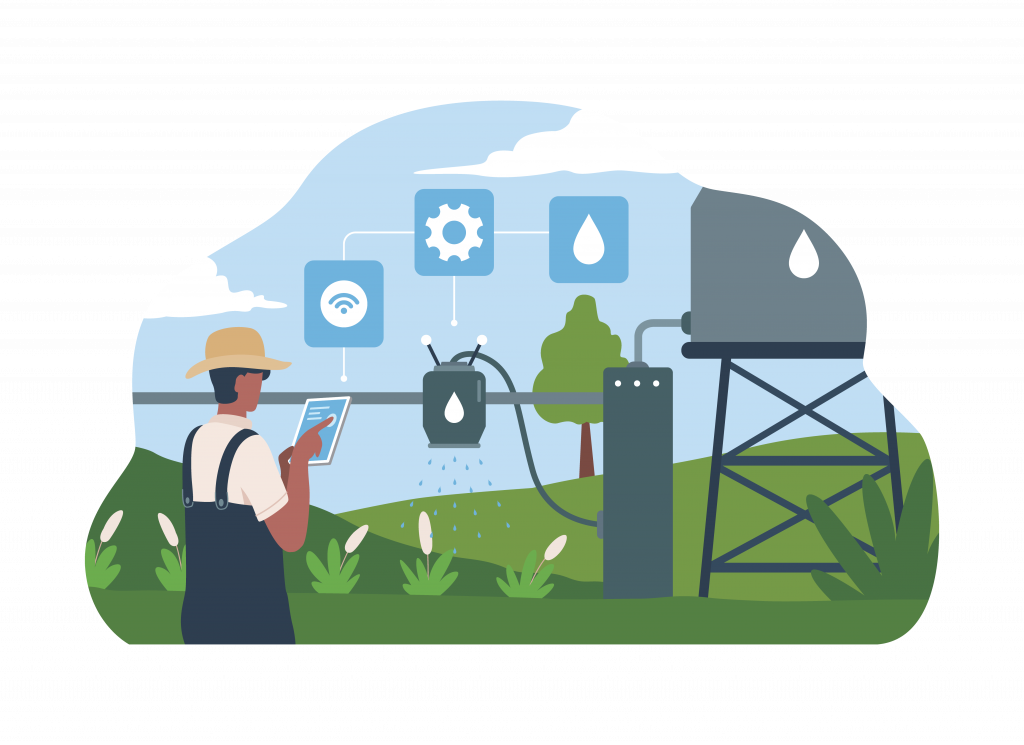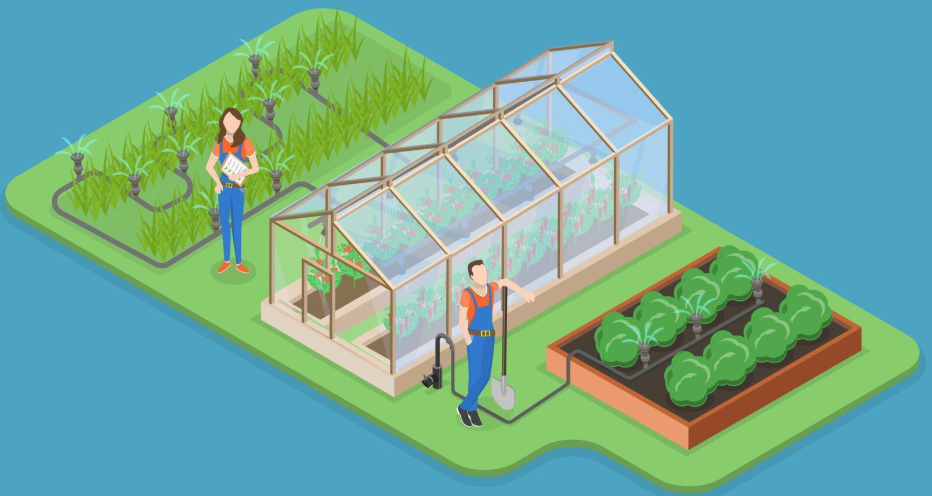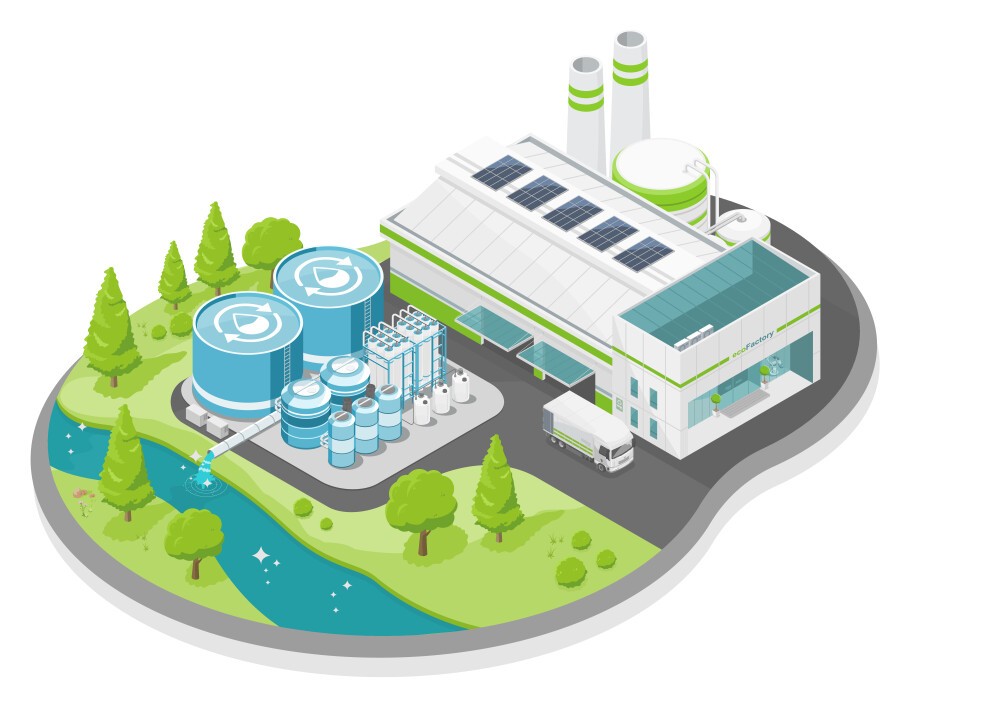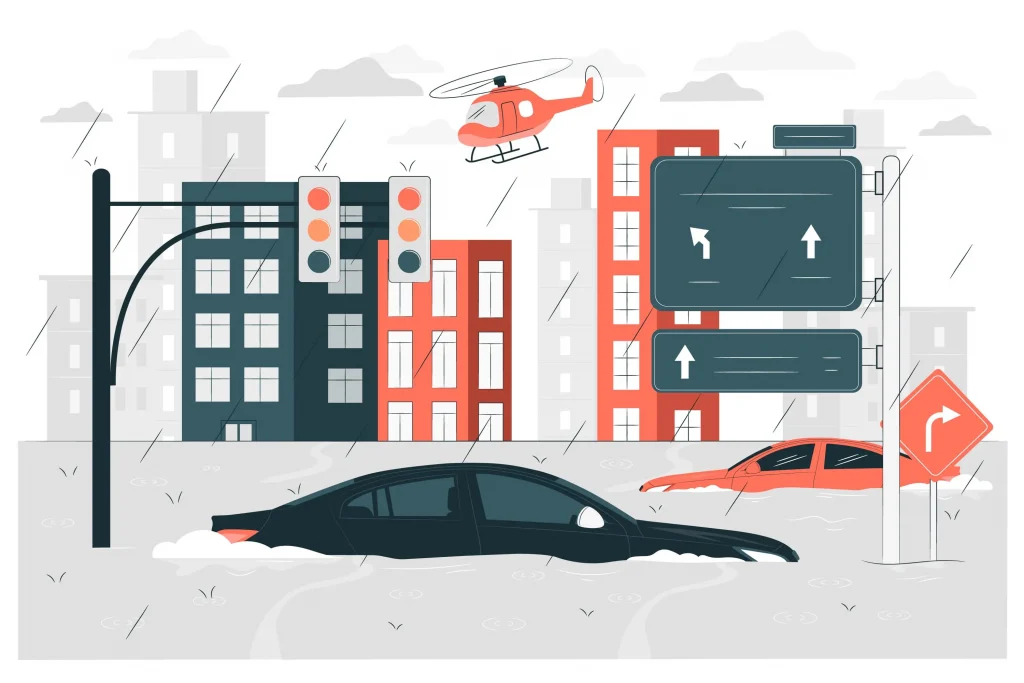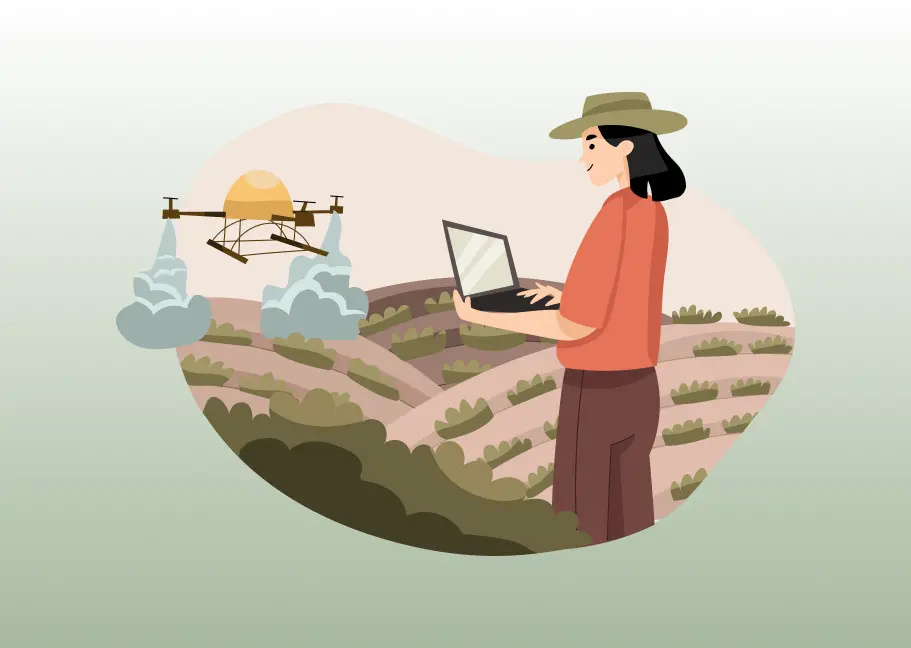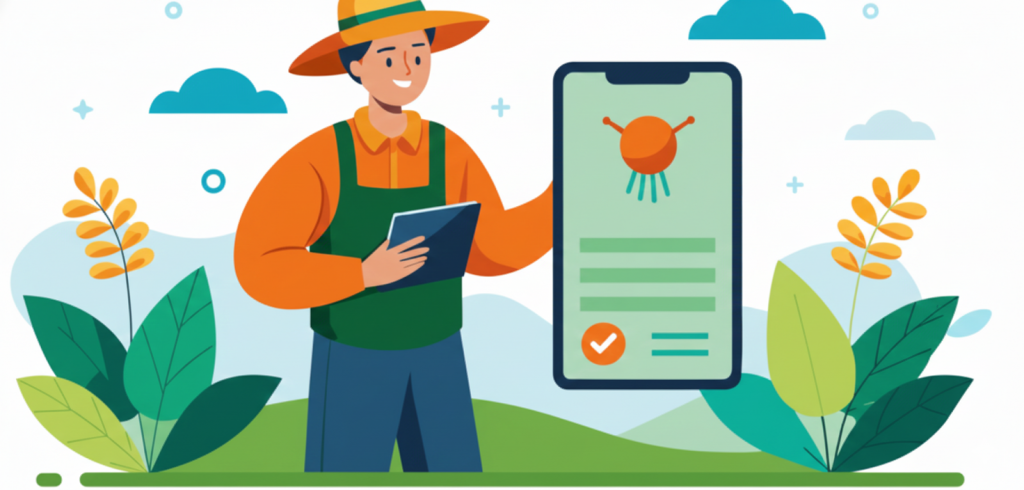
Discover how Agriculture DPI and AI deliver verifiable, high-precision services for crop optimization. Essential insights for government, enterprises, and financial institutions to drive scalable yield and risk management.
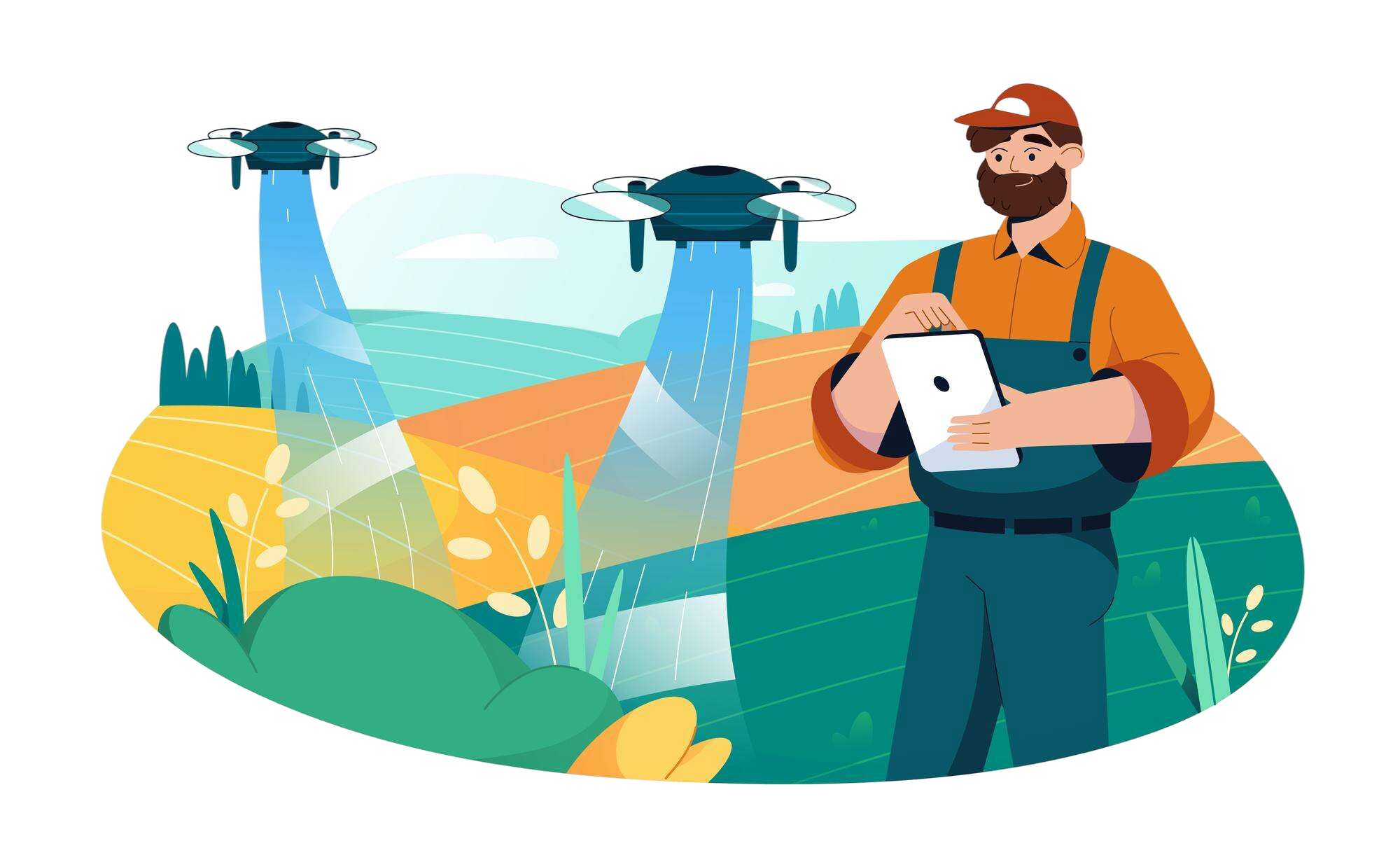
The global agricultural landscape is at a critical juncture. The dual pressures of a rising global population and the accelerating impacts of climate change demand a radical rethinking of how we produce food. While the promise of agri tech has long been about empowering individual farmers with tools for efficiency, the next great leap forward lies in leveraging a new kind of shared digital framework: Digital Public Infrastructure (DPI). When combined with the power of Artificial Intelligence, DPI becomes the catalyst for a future of precision agriculture that is not only productive but also predictive and profoundly personalized.
The current challenge is fragmentation. For too long, valuable data, from weather patterns and soil health to market prices and government schemes, has existed in isolated silos. This disconnect makes it incredibly difficult to implement large-scale, impactful solutions. Consider a farmer in rural India trying to secure a farm loan or access crop insurance. The process is often manual, based on incomplete records, and disconnected from real-time field data. This is where DPI offers a transformative solution, acting as a foundational digital layer that can overcome these systemic barriers and unlock immense economic value. A report from the World Economic Forum suggests that AI-driven digital solutions, enabled by DPI, have the potential to add over $65 billion of value to India’s agricultural sector alone.
Think of DPI as the digital equivalent of a country’s physical infrastructure, like highways or power grids. It’s a set of open, interoperable, and secure building blocks that can be used by anyone – government agencies, large agriculture company entities, or small agriculture startups in India – to build services at scale. The success of India’s DPI, often called the “India Stack,” provides a powerful case study. Foundational layers like the digital identity system (Aadhaar) and the real-time payment network (UPI) have revolutionized financial inclusion and service delivery across the nation. This model is now being adapted for agriculture through initiatives like AgriStack, which aims to create a centralized, yet decentralized, network of registries for farmers, land parcels, and crops.
The core components of an agriculture-specific DPI, or agri DPI, include:
By creating these shared, open digital assets, a DPI approach addresses the root cause of fragmentation and eliminates the need for every organization to build its own data infrastructure from scratch. This, in turn, fosters a more competitive and inclusive digital ecosystem for agri tech.
While DPI provides the data highway, AI provides the intelligent vehicles that drive on it. The sheer volume of data being generated on farms is staggering, with a single farm producing an estimated 190,000 data points daily in 2014, a figure projected to skyrocket to 4.1 million by 2050. This data is too vast for human analysis alone, and AI in agriculture provides the tools to transform it into actionable intelligence.
This AI-driven intelligence enables a new era of smart farming with capabilities such as:
Predictive Analytics for Risk and Yield: AI models analyze historical data, weather forecasts, and satellite imagery to provide highly accurate yield predictions and early warnings for extreme weather events, pest outbreaks, or crop diseases. This empowers crop insurance providers to better assess risk and financial institutions to make more informed decisions about farm credit services.
Hyper-Personalized Advisory: Leveraging a farmer’s unique profile, including their land registry, crop history, and soil data, AI can deliver tailored recommendations on everything from farm irrigation schedules to the precise type and quantity of fertilizers to apply. This kind of precision farming optimizes resource use, reduces waste, and boosts productivity.
Automated Monitoring: Drones and satellites equipped with computer vision and AI can monitor crop health, soil wetness, and water consumption across vast areas, identifying issues that would be missed by traditional methods.
The seamless integration of AI and DPI is what makes this vision a reality. DPI ensures that the AI models have access to verified, interoperable data from various sources. This collaborative data-sharing model, governed by principles of consent and transparency, prevents a winner-takes-all scenario where a few large companies monopolize agricultural data. Instead, it promotes open innovation and allows a diverse ecosystem of players to build on top of a shared foundation.
For companies like Vassar Labs, the convergence of DPI and AI is not a theoretical concept, it is the core of our mission to build climate-resilient solutions for the agricultural sector. Our platforms are designed as intelligent layers that operate on the principles of DPI, creating scalable solutions that empower a wide range of stakeholders from government agencies to agri input companies and food processors.
Our flagship Agri tech platform, fieldWISE, is a prime example of this integrated approach. It functions as a comprehensive agriculture software that leverages AI, satellite data, IoT, and GIS to deliver timely, comprehensive insights up to the field level. This entire solution is built on a foundational technology stack that digitizes individual farm boundaries, allowing it to link physical land data to digital farmer IDs. By integrating with core DPI components, such as Aadhaar-linked IDs and data from government schemes like PM-KISAN, the platform enables precision farming that is both targeted and transparent. This linkage ensures advisory services, like recommendations on optimal sowing time or fertilizer quantity, are delivered precisely to the correct farmer and farm plot, minimizing duplication and maximizing the impact of public and private services.
The platform’s modular design allows it to address specific pain points across the agricultural value chain. For instance:
Vassar Labs also plays a significant role in government-led DPI initiatives across India. Our participation in projects like the Kerala Agriculture Technology Hub and Information Repository (KATHIR) and the Andhra Pradesh Agriculture Information & Management System (APAIMS) showcases how a well-designed technology platform can serve as the backbone for state-wide digital ecosystems.
These large-scale projects, developed in partnership with government bodies, embody the DPI-AI synergy in action. They demonstrate that by building on open, scalable, and interoperable platforms, it is possible to create a digital ecosystem that benefits everyone – from the small-scale farmer to the government official overseeing millions of acres.
The future of agriculture lies in a connected, intelligent, and resilient ecosystem. The convergence of DPI and AI is not just another technological trend, it is a fundamental shift that addresses the systemic challenges facing our food systems. It is the key to unlocking the full potential of sustainability in agriculture and ensuring global food security.
For government agencies, this means continuing to invest in and expand the DPI framework, ensuring it is secure, inclusive, and accessible to all. For enterprises and agri input companies, it means leveraging this infrastructure to innovate and create new, high-impact solutions. For financial and insurance companies, it means using the predictive insights generated to offer fairer and more efficient services.
The time is now to move beyond fragmented solutions and embrace a collaborative, ecosystem-level approach. By building on the foundation of DPI and harnessing the power of AI, we can create a more predictable, profitable, and personalized future for farming.



